How Wide Are Storage Containers
When choosing the right container for storage, transport, or custom construction projects, one of the most crucial questions to answer is: how wide are storage containers? Width plays a major role in determining how and where a container can be placed, what it can store, and how it functions in tight spaces or on job sites. For both residential and commercial purposes, understanding container width allows for smarter planning and efficient use of space.
In this comprehensive guide, we’ll break down the standard and extended widths of storage containers, how width affects usability and modifications, and what to consider when integrating containers into backyard projects or larger prefab structures like the ones offered by Hartville Outdoor Products.
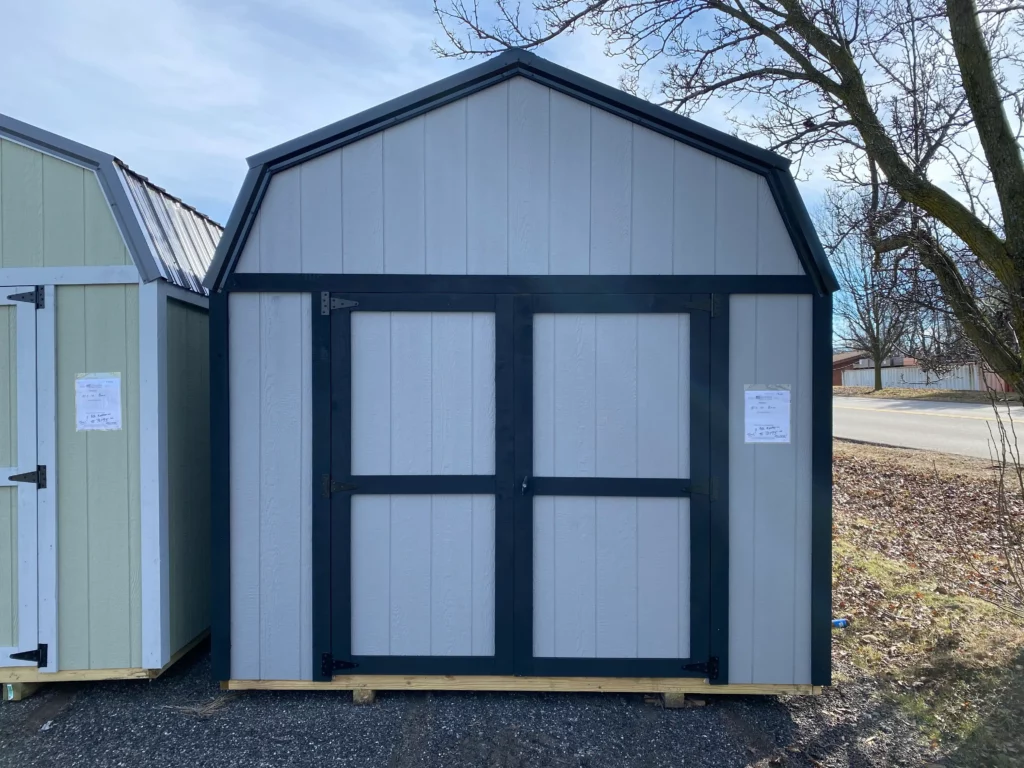
Standard Container Widths: How Wide Are Storage Containers?
The standard width for most ISO shipping containers is 8 feet. This width is consistent across nearly all standard container lengths, including 10-foot, 20-foot, and 40-foot models. The interior width typically measures just under 7 feet 9 inches due to the container wall thickness. This uniform sizing is intentional, designed for global freight compatibility and ease of stacking.
The 8-foot width makes containers narrow enough to fit on flatbed trucks or railcars, yet wide enough to store pallets, machinery, and home furnishings. Because this size is so common, it’s widely available and typically the most affordable.

High Cube and Wide Body Containers
While the standard width remains 8 feet, high cube containers—typically known for their taller profiles at 9 feet 6 inches—retain the same 8-foot width. However, extra-wide containers do exist, though they are far less common. These can range from 8 feet 6 inches to 10 feet wide and are typically custom-built or used in specialized industries such as energy, construction, or modular housing.
For example, some offshore or military-grade containers are built at widths of up to 10 or even 12 feet, but these require specialized transportation and permits. Wider units may be more difficult to deliver, stack, or fit through tight gates and driveways.
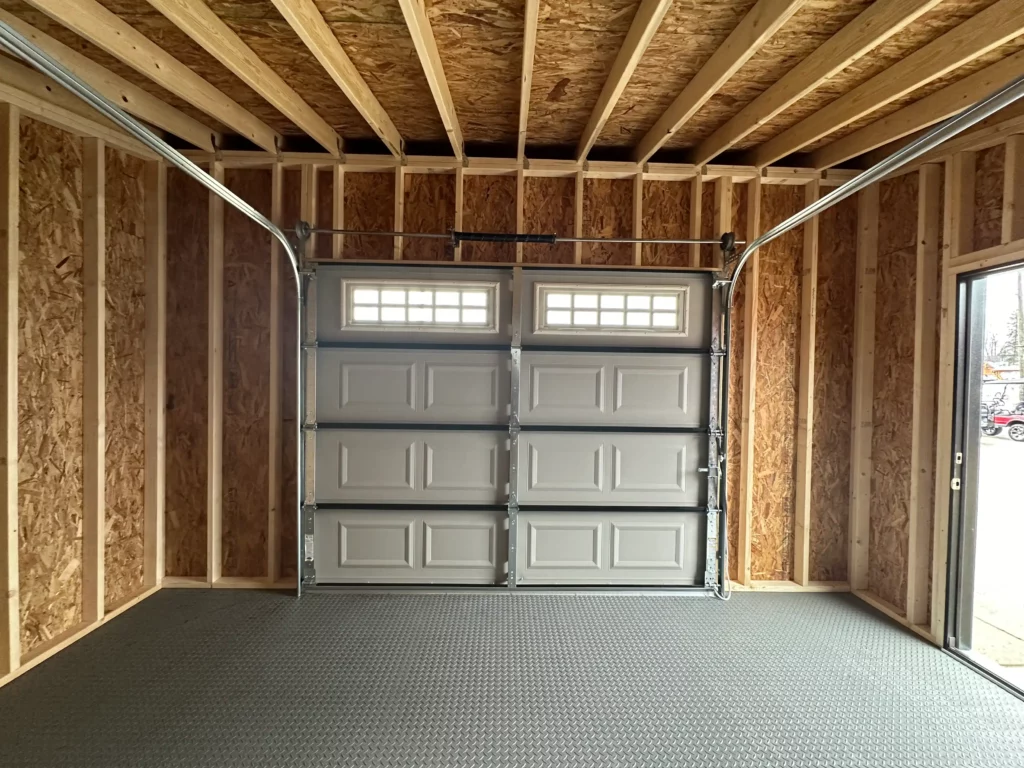
Practical Use: Why Width Matters in Storage Containers
Understanding how wide storage containers are helps determine how efficiently you can use interior space. The internal width—just under 7 feet 9 inches—must be taken into account when storing wide furniture, pallets, or building materials. For example, a standard pallet is 48 inches wide. Two pallets placed side by side inside a container still allow for about 21 inches of maneuvering space.
When designing a container-based workspace or shed, width affects traffic flow, lighting installation, shelving layout, and access points. Containers with extra width can provide greater comfort and flexibility, especially for workshops or mobile offices.
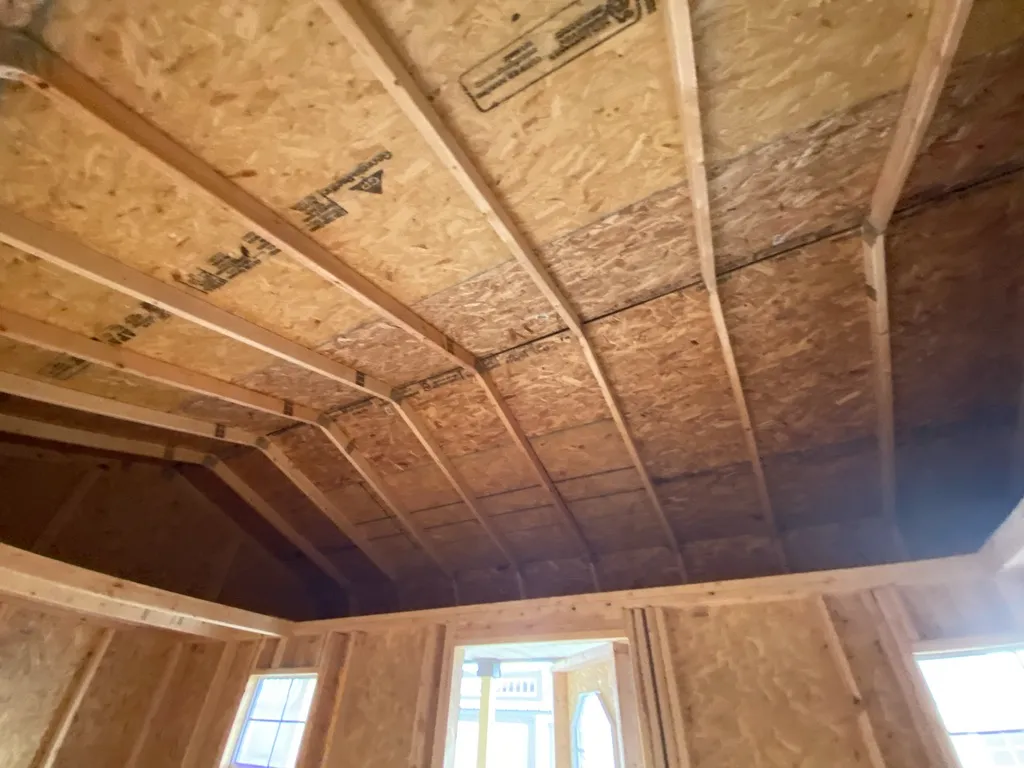
Delivery Considerations for Wider Containers
Most standard-width containers fit easily onto delivery trucks or trailers and don’t require special routing. However, once the width exceeds 8 feet 6 inches, the unit is considered over-width, requiring additional permitting, escorts, and route planning. According to FreightWaves, regulations for wide-load permits vary by state and often include travel restrictions during rush hours or night.
When planning to receive a container at a residential property, confirm that your driveway, gate, and surrounding landscape can accommodate both the delivery truck and the container’s dimensions.
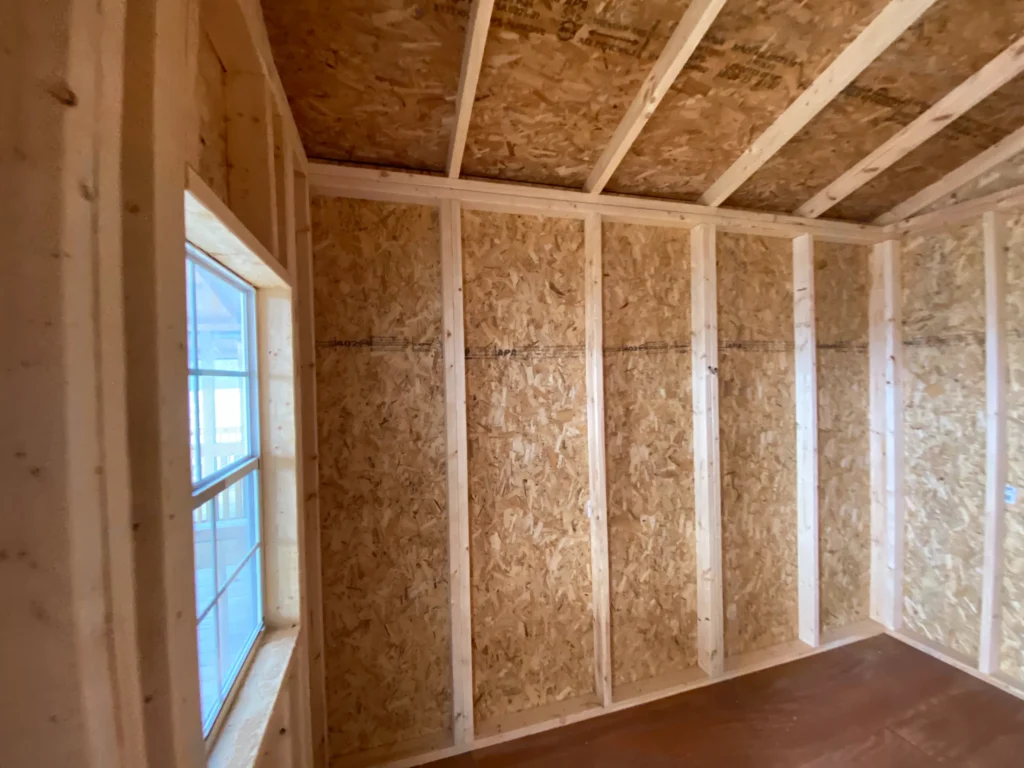
Modification Projects: Width and Interior Design
Width becomes especially important when converting a container into a shed, office, or even a tiny home. Interior walls, insulation, and utilities reduce usable space. Adding interior framing and drywall can shave several inches off each side, narrowing the total walkable area. Knowing how wide storage containers are in exact terms helps plan layouts that include counters, benches, or workstations without overcrowding.
For larger conversions, multiple containers may be joined together. When placed side-by-side and modified to create open passages, two 8-foot-wide containers can yield a 16-foot interior width—ideal for living quarters or conference rooms. Hartville Outdoor Products can help customers explore prefab cabins and add-on modules that complement container-based builds.
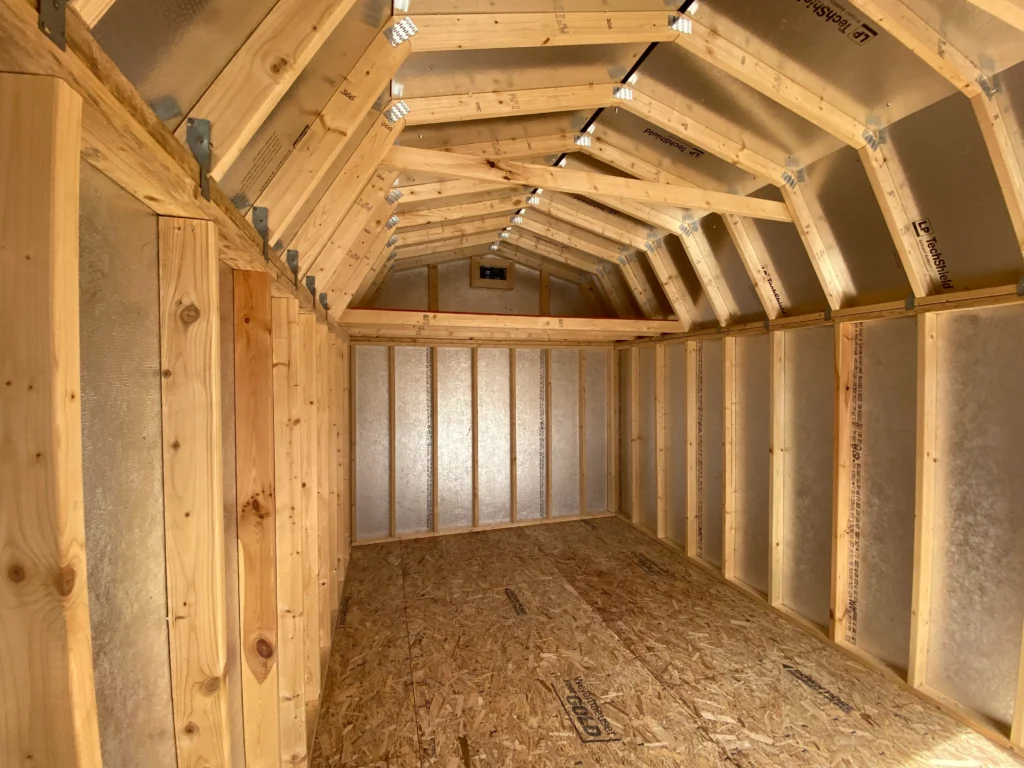
Stacking and Clearance Concerns
Stacking containers requires understanding both width and the clearance between stacked units. Standard containers are built with corner castings that align for easy stacking. However, when using non-standard or extra-wide containers, those alignment points may not match up properly, creating structural risks. Always verify whether a container meets ISO standards before stacking or modifying.
Container Width and Property Planning
If you’re integrating a container into a backyard, garden, or commercial site, container width will affect layout and spacing. An 8-foot-wide unit might fit between two existing structures, but a 10-foot-wide unit may not. Be sure to leave extra space for access doors, walkways, and ventilation.
Some municipalities and HOAs also regulate the width or footprint of outdoor buildings. Before placing a container, verify local codes, zoning rules, and any restrictions on lot coverage or structure dimensions.

Interior vs Exterior Width
Just as with height, it’s important to distinguish between exterior and interior width. A container’s exterior may measure exactly 8 feet, but interior clearance is slightly less. This difference is caused by the corrugated steel walls and internal corner posts. When planning storage layouts, measure everything based on interior dimensions, not external specs.
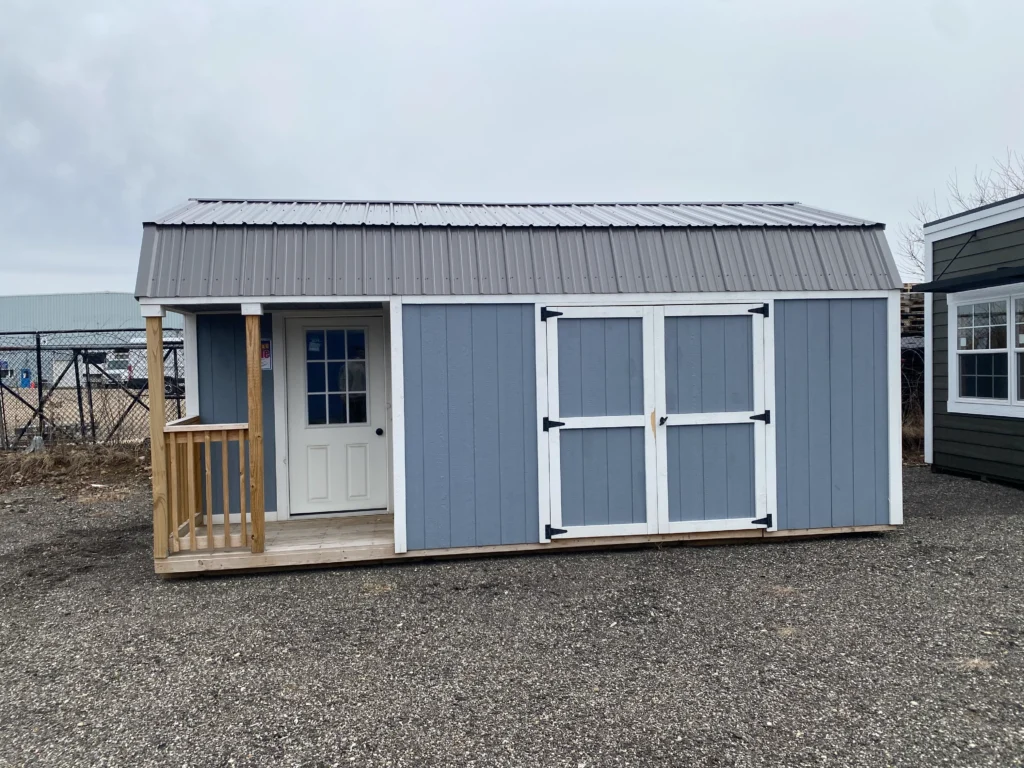
Conclusion
So, how wide are storage containers? Most containers are 8 feet wide on the outside, with an interior width just shy of 7 feet 9 inches. This standardization allows for efficient transport, stacking, and storage. However, if your project requires more room, wider custom units do exist but come with added cost and logistics.
By understanding how wide storage containers are and how that impacts transport, usability, and modifications, you can better plan for your next residential, commercial, or construction project. If you’re integrating containers into a larger storage solution, explore Hartville Outdoor Products for sheds, cabins, and modular systems that help you create the perfect fit.
